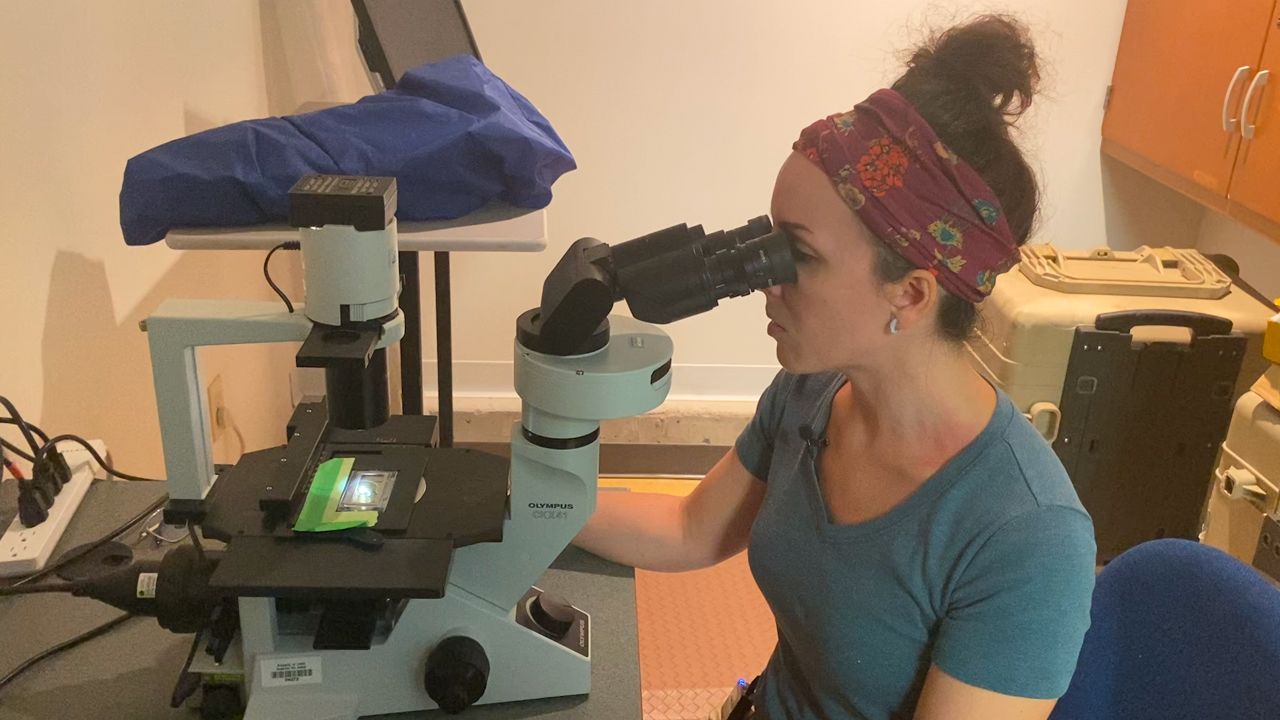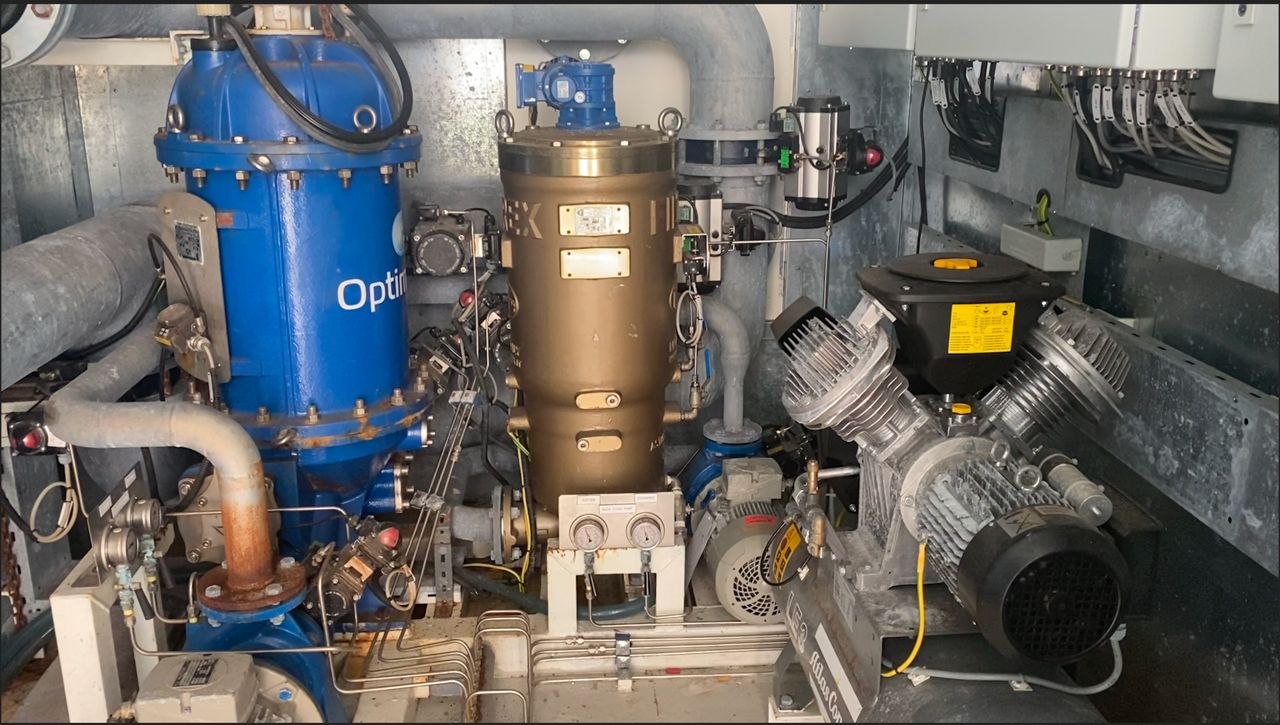SUPERIOR, Wis. — The University of Wisconsin-Superior Lake Superior Research Institute’s Ballast Water Treatment Testing Facility is researching a filter technology that can be used to help keep invasive aquatic species out of the lake.
Ballast water is used to provide stability and maneuverability for ships when the cargo holds are low or empty. However, that practice has been known to bring invasive species into bodies of water.
For this research, Abigail Latanich collects samples to see what microorganisms are in Lake Superior. She is a grad student with the University of Minnesota-Duluth.
Latanich collaborates with the Lake Superior Research Institute (LSRI) at their Ballast Water Treatment Testing Facility.
“We are going to test for about a month of weekly sampling events to see if it is established and what number of the cell introduced," said Latanich. "How much does it take to establish or kind of take off in our Lake Superior water? So, we are trying to kind of emulate the ballast discharge from ships.”
That ballast discharge from ships could can bring non-native species into Lake Superior. It could can also potentially harm the lake’s ecosystem.
Latanich said there are several questions she’s trying aims to find answers to by testing different water treatment methods.

“We do the before and after like what was in there before and after the treatment," said Latanich. "Was there anything after the treatments? How much? What was in there? What got through and what didn’t get through with any kind of method that we tried."
The Ballast Water Treatment Testing Facility is also testing the effectiveness of a filter technology created by a private company. The goal of the product is to use ballast water without removing any species from their native waters.
Ryan Curtice of Green Bay is one of the field biologists working on the project.
“We are trying to figure out if this filter is taking out organisms. Is it taking out zooplankton in this instance? said Curtice. "Could we put this filter on a ship and could it potentially remove organisms. I mean, the whole goal of this test is to prevent invasive species in the Great Lakes, the greatest freshwater body in the world.”
Dr. Matt TenEyck is the director of the LSRI. TenEyck said their expertise in aquatic ecology and their location on the lake make it an ideal fit for this research.

“We all have passion toward stewardship, conservation, and protecting the environment so it’s important for our students," said Dr. TenEyck "It’s important for the protection of our lake to have this opportunity and carry this legacy forward.”
As Latanich continues to study microorganisms, she is always thinking about their impact.
“It’s kinda humbling because they are just so small that they can do so much damage or do so much good, so I have always liked that. Just the microscopic world, it’s fascinating and we don’t know enough about it,” said Latanich.
Latanich hopes to help the public gain a better understanding of these organisms.



